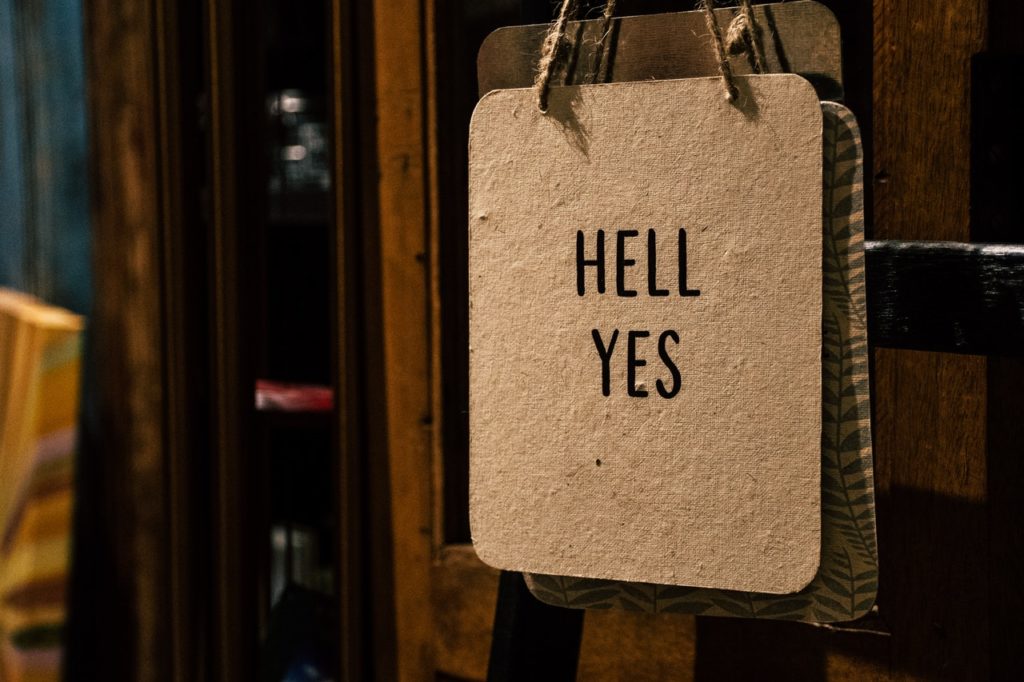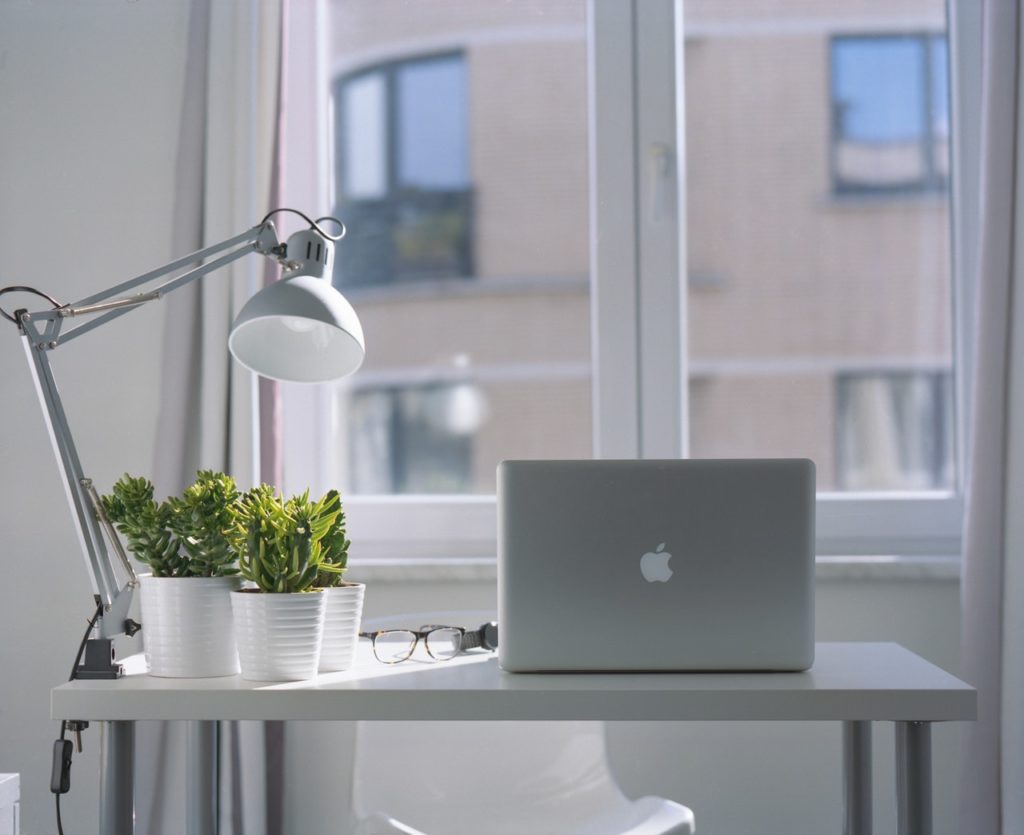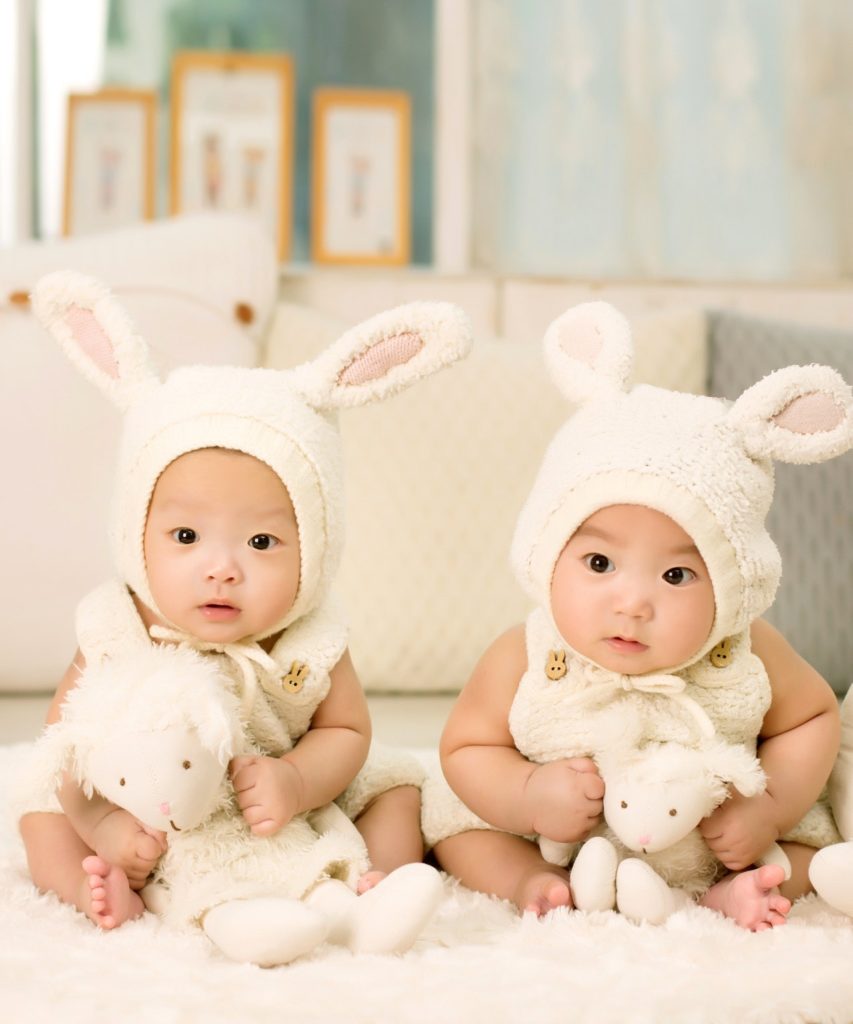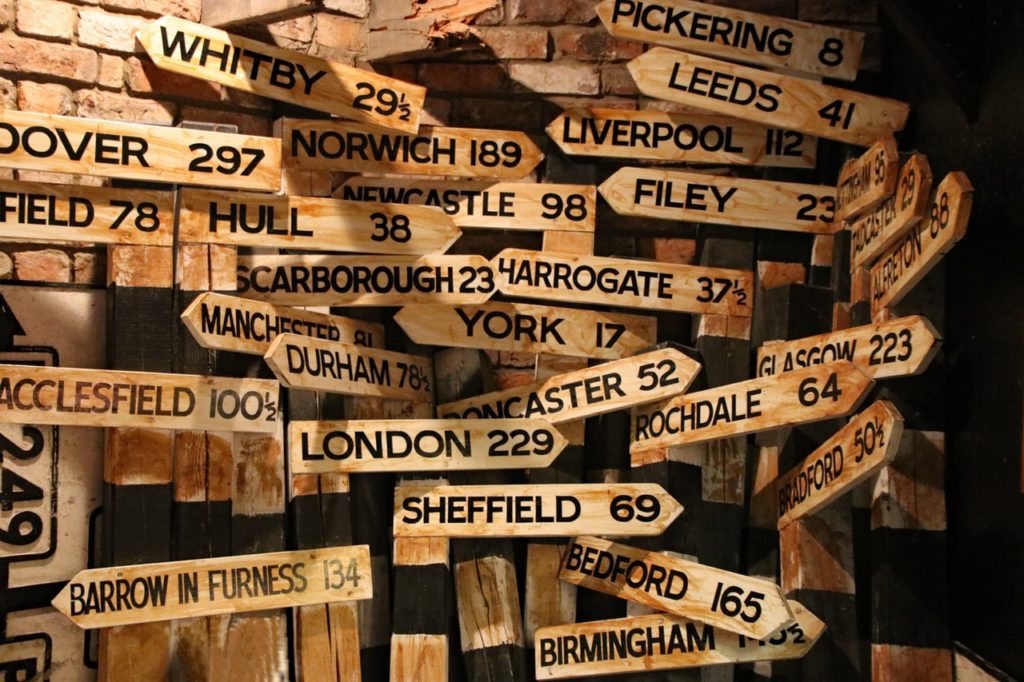Product copy has many jobs to do, but also many ways to do it. At the sharp end, on the shelf in a retail store, it has to make people say “oh yes” and stick it in a basket. In about 0.75 seconds or less.
At the other end of the spectrum, online space is pretty cheap. That means you can tell the story in glorious technicolour, with words, with images and with videos. As customers look for greater and greater transparency from brands, then telling the stories of your products, from idea to production, is a key way to do that.
I’ve already written about getting your brand story straight before you start on your product copy, not mention the potential pitfalls of lorem ipsum. With any product copy or content about your brand, you want people to go “oh yes”.
That “oh yes” is about something connecting with them on a deeper level. You’ve shown that you understand them, and probably a problem or pain point they have. Even if they weren’t quite yet aware that there was an answer to the problem they hadn’t quite yet identified.
If you’re ready to get going with your latest copy, then these are 10 principles to think about as you get going.
1) Know your audience
Whatever you write, it should sound like a conversation, not a speech. For it to sound like a proper, good chat, then you have to know who you’re chatting with. After all, you’d hardly have the same chat with the local baker as you do with your nearest and dearest.
Well, not unless you’re particularly close to the baker.
Google “buyer persona” and you’ll get millions of answers, templates, examples. The reality is it’s just the story of your ideal customer. If you’re an established business, then you’ll already know something about them. If you’re just starting out, then this will be more of a work of fiction.
You can create this with words, and with pictures. Marketers love a good mood board, and there’s no reason why you can’t apply that thinking to bringing your customer to life. If you don’t want to get busy with cutting things out and sticking them down, then you might want to make a Pinterest board instead.
What’s important is that you understand your chosen customer, in detail. Who are they, even the basics like are they male or female. The one thing that’s probably not useful is age, given that age is not what it used to be. When there are so many other characteristics, then it’s possibly the least useful thing.
What else could you include?
How would you describe their lifestyle? Town or country dweller? Partygoer or a good night in with a book? Sporty or slouchy?
What are their passion points? The things that get them excited?
What are their values? The things they believe in?
What do they need? This might be the answer to a problem rather than an actual thing, but it’s key to understand
What are their motivations? Of course, it might be things like money, but just as likely to be doing the right thing by their friends and family.
What do they aspire to? What’s their version of success, of a happy life?
And the best way to learn all this? Talk to your customers. It’s never been easier, or cheaper. You don’t need expensive market research groups, use the tools you have like Twitter, Facebook, anywhere that you get to chat to them directly.
2) Benefits not features
There are loads of Apple versus Microsoft examples that tell this story so well, linked back to Simon Sinek’s TED talk about starting with why. While product features are important, when you go back to your buyer persona, their motivations, needs and hopes will be best met by the benefits, not the features.
By sharing the benefits, you immediately take the customer to imagining themselves living with your product or service. If you get this part right, then they’ll start telling themselves why they need this product, what it’s going to do for them.
To me, Mini is an excellent example of product copy that’s rarely about the features. Of course, it’s linked to memorable advertising and work across marketing channels, but I think Mini tugs at something emotional for people. It apparently has a really good engine too. But that’s the sort of thing you rationalise after you’ve made the decision.
3) Tell all the story
Product labels are like property in central London: pricey. You have to pick every single word and character with absolute intention. It has to earn its place there. Which means there’s only so much of your story that you can tell there.
In all your other space and channels, you can tell every aspect of your product’s story. Talk about where the idea came from, how it came to life. Show the production process and show off your suppliers. Talk about the ingredients and where they come from.
Show off the design process, and the designers (they’ll love that, or not).
When people talk about transparency and authenticity, then this is what it’s about. Want to see that happening from the start of a business to today? Check out Balterzens, a Scandi coffee shop in Harrogate. There’s the story behind the brand. You can read the blog of the journey right from the start. There’s behind the scenes. I love that there is a piece on the things they want to be held to account for this year.
4) Sound like yourself
Your copy is your story. Do not try to sound like another brand (hello all those brands who spent ages trying to sound like Innocent). You don’t need to sound formal and businesslike.
You just need to sound like you. If in doubt, read it out loud, preferably to someone else. That’ll soon alert you to if you’ve forgotten your own voice.
5) Don’t forget to ask for the sale
You can’t ask for the sale on the shelf, only make it the most appealing option to the customer in that moment. Where you can ask for the sale is anywhere else that you turn up, although perhaps not everywhere.
Don’t flash “buy now” buttons in the middle of your “about us” page, but use appropriate links to products and services within your story. But don’t go all polite and leave people wondering how to get hold of what you do.
6) Make it easy to pick out the important bits
A bit like the previous point, don’t write so much it’s impossible for people to pick out the key bits of your story. Give them good signposting, and make your stories digestible. Headings work well for navigation, not just for good SEO. Don’t leave them wondering where to find information, or what to look at next. Be their guide.
7) Remember the needs of SEO but don’t write for Google
You can’t ignore SEO if you’re going to be competitive online. And Google is smart and ever-changing. Don’t try gaming the system as the key thing behind anything you create.
First and foremost write copy and content for the customer. If it’s the right content for what they want and need, then Google will make sure they find it.
8) Let pictures do some of the talking
Or videos or graphics or GIFs. Whatever works for you and your customer, break up the words and tell the story in a different way. It literally adds colour and texture to the story and brings different aspects to life.
Not to mention it adds interest and is likely to keep people scrolling and clicking.
9) Make every word count
Your story is fascinating but less fascinating to everyone else than it is to you. So you have to learn to kill your darlings.
Be ruthless.
Go through and cut words out. Be your own editor and keep the extra fluff out your stories.
10) Keep putting the customer first
Above all else, keep remembering who you are writing for. While it is the story of you and your brand, you’re telling it for the customer. Show them you get them, and get them going “oh yes” to everything you put out there.
It’s still worth remembering that you don’t have to write your own copy if it’s not the best use of your time and skills in your business. For those of you with a beauty or personal care brand, just a quick reminder that I’m one of three leaders at a workshop on creating stand out product copy and claims for those industries in April this year. Click here for more information. Places are limited to just 30, and there were some spaces left at the time of writing.









